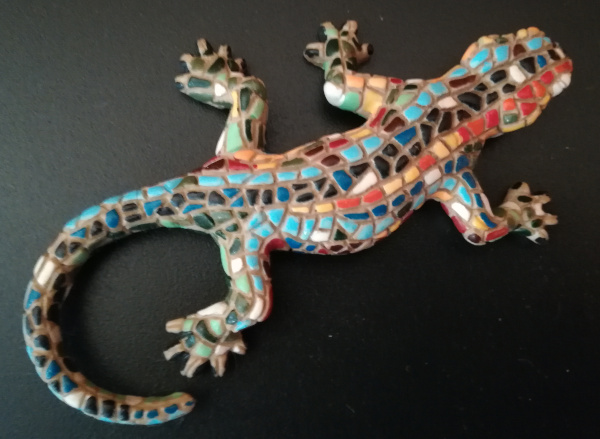Si trova su / Altri legami
© 2021 American Institute of Chemical EngineersMicroencapsulation technologies are being developed to protect transplanted islets from immune rejection, to reduce or even eliminate the need for immunosuppression. However, unencapsulated cells increase the chances of rejection and empty beads increase transplant volumes. Thus, separation processes were investigated to remove these byproducts based on density differences. The densities of islet–sized mouse insulinoma 6 (MIN6) cell aggregates and acellular 5% alginate beads generated via emulsification and internal gelation were ~ 1.065 and 1.042 g/ml, respectively. The separation of empty beads from those containing aggregates was performed by sedimentation under unit gravity in continuous gradients of polysucrose and sodium diatrizoate with density ranges of 1.032–1.045, 1.035–1.044, or 1.039–1.042 g/ml. The 1.039–1.042 g/ml gradient enabled recoveries of ~ 80% of the aggregate–containing beads while the other gradients recovered only ~ 60%. The bottom fraction of the 1.039–1.042 g/ml gradient contained beads with ~ 6% of their volume occupied by cell aggregates. Separation of unencapsulated aggregates from the aggregate–containing beads was then achieved by centrifugation of this purified fraction in a 1.055 g/ml density solution. Thus, these sedimentation–based approaches can effectively remove the byproducts of cell encapsulation.


